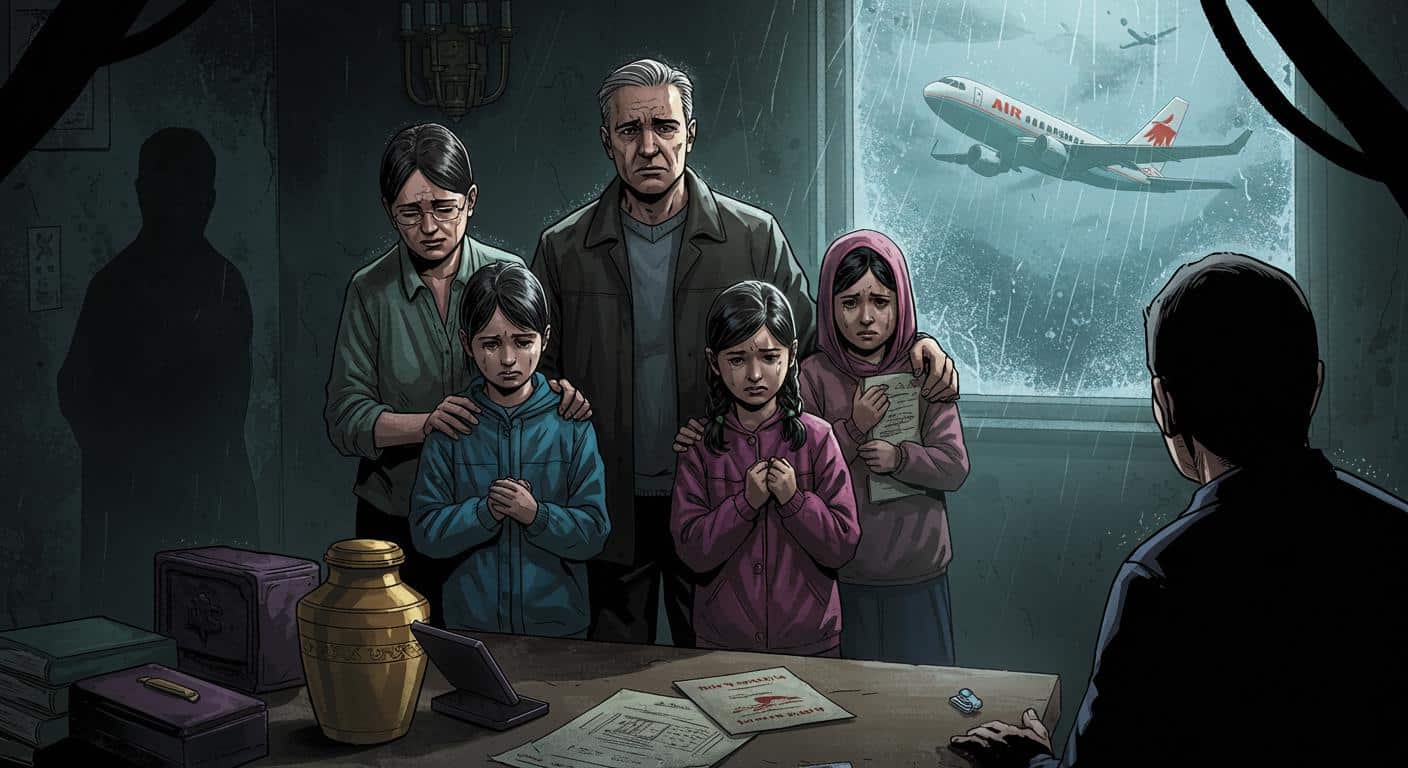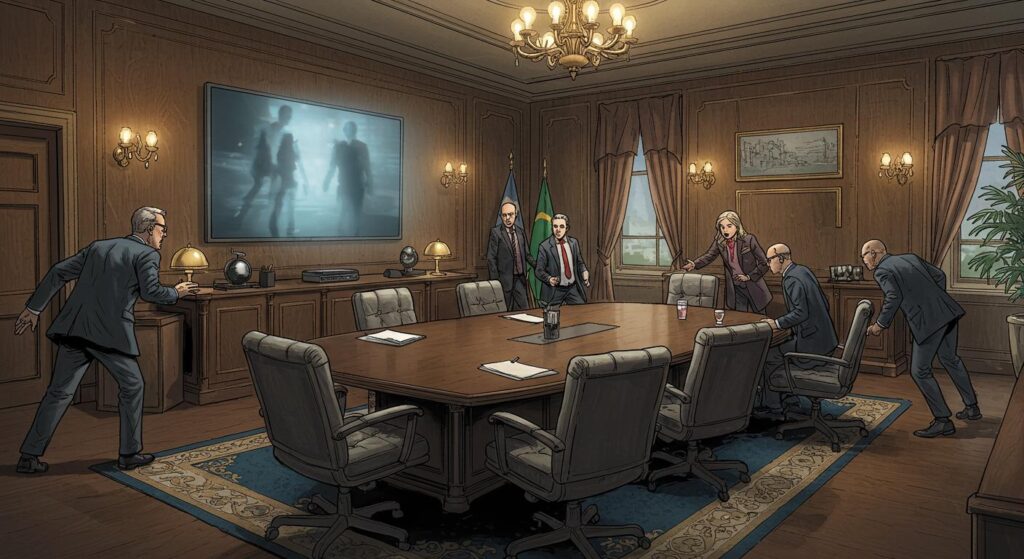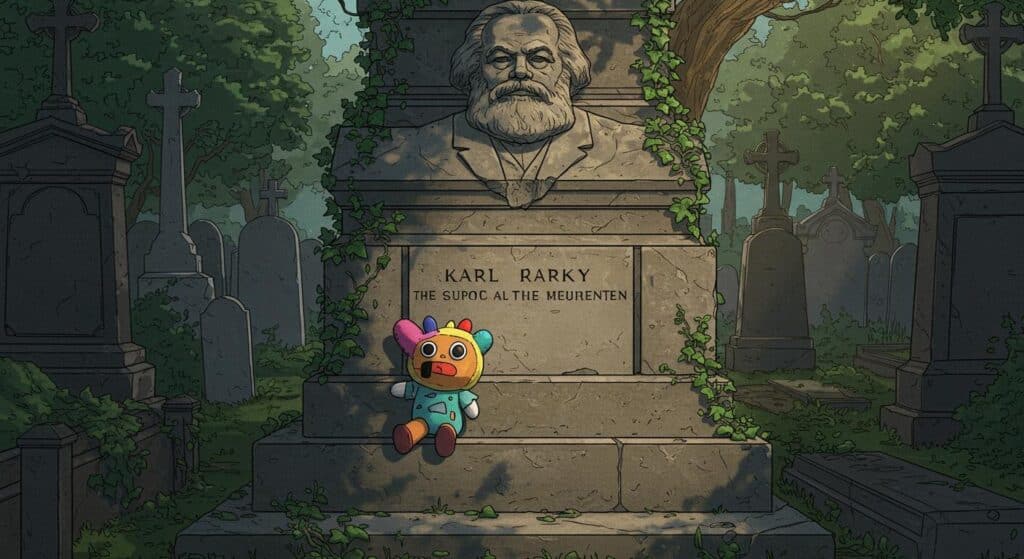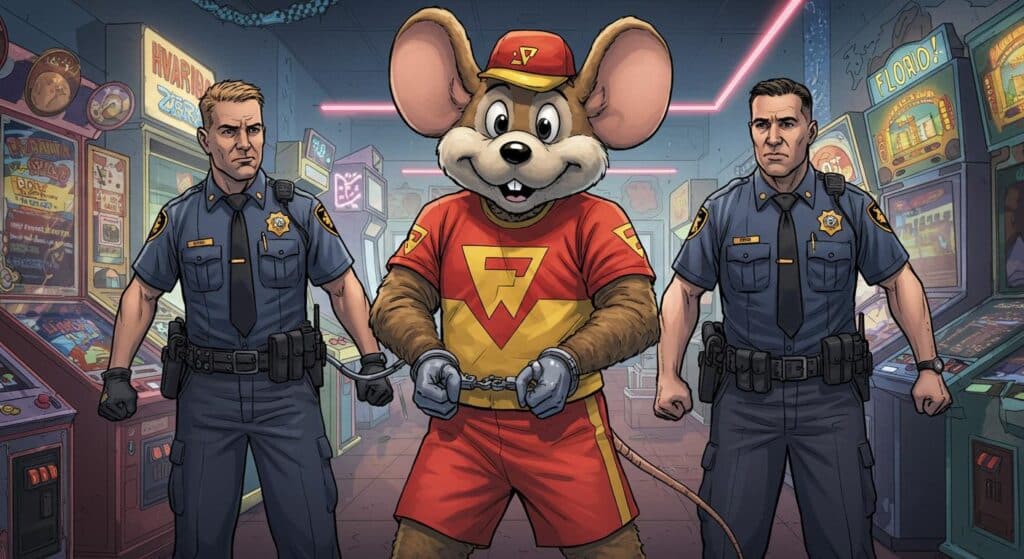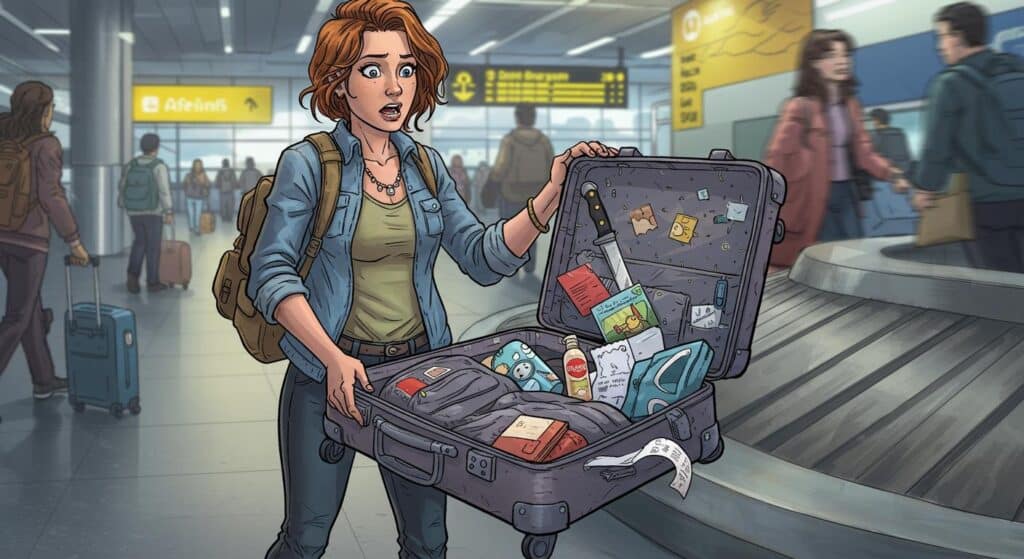When an aviation disaster occurs, public attention lingers on the cause—was it mechanical failure, human error, or sheer misfortune? But the truly strange aftermath often unfolds outside the spotlight. This week, reports surfaced alleging that British families mourning loved ones lost in last month’s Air India crash received the wrong remains, or, in one case, “commingled” body parts from more than one victim. Sometimes, the horror isn’t the event itself, but the bureaucracy that follows.
Chaotic Identification Amid Chaos
According to The Guardian, these grievous mistakes came to light when Dr Fiona Wilcox, senior coroner for London Inner West, attempted to match the identities of repatriated Britons through DNA samples provided by families. The process instead revealed that at least two families had received the wrong person—or, in a detail highlighted by The Guardian, mixed fragments from multiple crash victims in a single casket.
The grim sequence began after the June 12 crash of an Air India Boeing 787 Dreamliner, bound from Ahmedabad for London, which killed 241 people onboard—including 52 British nationals—and a further 19 on the ground. In one family’s case, funeral plans were abruptly halted after authorities informed them that their coffin contained an unidentified passenger, not their relative. Another family was the recipient of “commingled” remains, which were separated before burial, court records cited in multiple sources indicate.
GB News also details how the error only came to light once Dr Wilcox ordered DNA testing. Many families received remains in plastic containers labeled only by ID numbers—no viewing permitted—handed over by Ahmedabad’s Civil Hospital, which was designated as the identification center. As Altaf Taju of Blackburn (who lost parents and a brother-in-law) told GB News: “Nobody looked at the remains. We weren’t allowed to. They just said, ‘This is your mother or father’, and gave us a paper label with an ID number on it.”
According to a report in JOE.co.uk, these findings left some families postponing funerals and any sense of closure indefinitely, while raising concerns that other errors may yet be uncovered.
Passing the Buck
Responsibility for the mishandling seems as fragmented as the recovery effort itself. Air India, when approached by The Guardian, declined to comment and quietly noted that identification of remains was “the hospital’s” task, not the airline’s. A senior official from Ahmedabad civil hospital asserted to inkl that “everything was done on a highly scientific basis,” though specifics on how the commingling or misidentification could have happened were notably absent.
In a statement provided to The Guardian, the family of Akeel Nanabawa, Hannaa Vorajee, and their daughter Sara, who were all killed in the crash, described their own identification process as “marked by deep unease.” While they were confident they had received the correct bodies and managed a burial in accordance with their Islamic faith, they described “a clear lack of transparency and accountability in how the identification and repatriation was handled. Communication was poor. Processes were unclear. And concerns raised by bereaved families—both in India and the UK—were often met with silence.” They concluded with an ongoing call for “transparency, truth, and accountability, not just for ourselves, but for every family affected.”
Meanwhile, Randhir Jaiswal, spokesperson for India’s ministry of external affairs, told The Guardian that “the concerned authorities had carried out identification of victims as per established protocols and technical requirements. All mortal remains were handled with utmost professionalism and with due regard for the dignity of the deceased,” adding their cooperation with UK authorities remains ongoing.
Legal and Political Aftershocks
Aviation lawyer James Healy-Pratt, representing numerous British families, has become the collective voice for the bereaved. In remarks to The Guardian and other outlets, he described meeting with grieving families who simply wanted their loved ones back—but discovered they’d received the wrong remains. “Some of them have got the wrong remains and they are clearly distraught over this,” he said, a sentiment echoed in reports by inkl and GB News. “On the known evidence, the chain of custody of these lost loved ones was unacceptably poor. We are investigating the causes of those failures and demanding answers on behalf of these deserving British families.”
Described in The Guardian’s coverage, Healy-Pratt noted one family remains “in limbo,” unable to proceed with a funeral, while another managed to separate commingled remains for interment. “If it isn’t their relative, the question is, who is it in that coffin? Presumably it’s another passenger and their relatives have been given the wrong remains. The coroner also has a problem because she has an unidentified person in her jurisdiction.”
The larger tangle is now gaining diplomatic traction. Both The Guardian and GB News report that Prime Minister Keir Starmer is set to raise the issue with Indian Prime Minister Narendra Modi during a state visit, which, in an irony no fiction writer could conjure, was originally billed as a celebration of a major UK–India trade deal.
Mourning Disturbed, Closure Delayed
If you step back and peer at this situation from a library science perspective (and, let’s be honest, the handling of loss often comes down to the integrity of records and procedures), the chain-of-custody failures call to mind a sort of reverse miracle: order reliably reverting to chaos. Even the best processes, when stressed by disaster, seem able to fail in quietly spectacular fashion.
Is it any wonder that the bereaved describe a process riddled with “poor communication?” Families, left with only paper ID tags and a hope that the system worked, likely found little comfort in reassurances of scientific rigor or established protocol.
One might ask: if international air travel can misplace a suitcase, is it truly so hard to believe that, amid fire, debris, and confusion, authorities might misplace something infinitely more precious? Yet, with technology and procedure so vaunted, it’s a chilling reminder of how fragile the promise of dignity and closure can be, especially for those standing furthest from the system’s levers.
A Strange, Bleak Postscript
If anything typifies the peculiar darkness often found at the edges of bureaucracy, it’s families pausing their mourning to petition politicians, lawyers, and foreign ministries—not for compensation, not for explanation, but for the simple, ancient right to lay a loved one to rest. And not knowing, in a globalized age, whether the paperwork in their hands actually matches the bones in the box.
Will this high-profile investigation yield substantive changes? Or will it be just another bulletin in the long catalogue of tragic missteps following disaster? For now, the legacy is one of sorrow multiplied, closure postponed, and systems left exposed by a set of heartbreaking, bewildering errors.
And perhaps the oddest truth of all: sometimes, reality manages to outpace even the strangest case files, leaving us to wonder just what other stories bureaucracy has hidden—waiting quietly until some future, impossible mistake comes to light.

